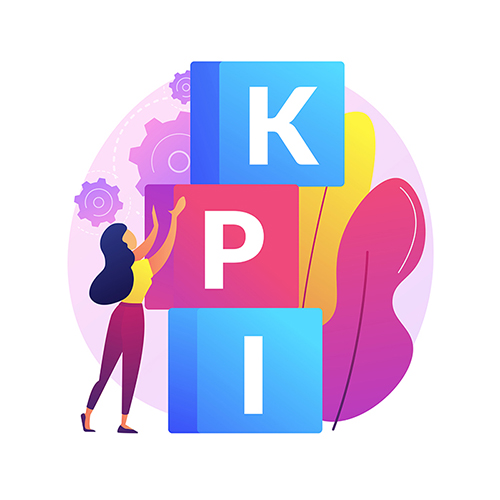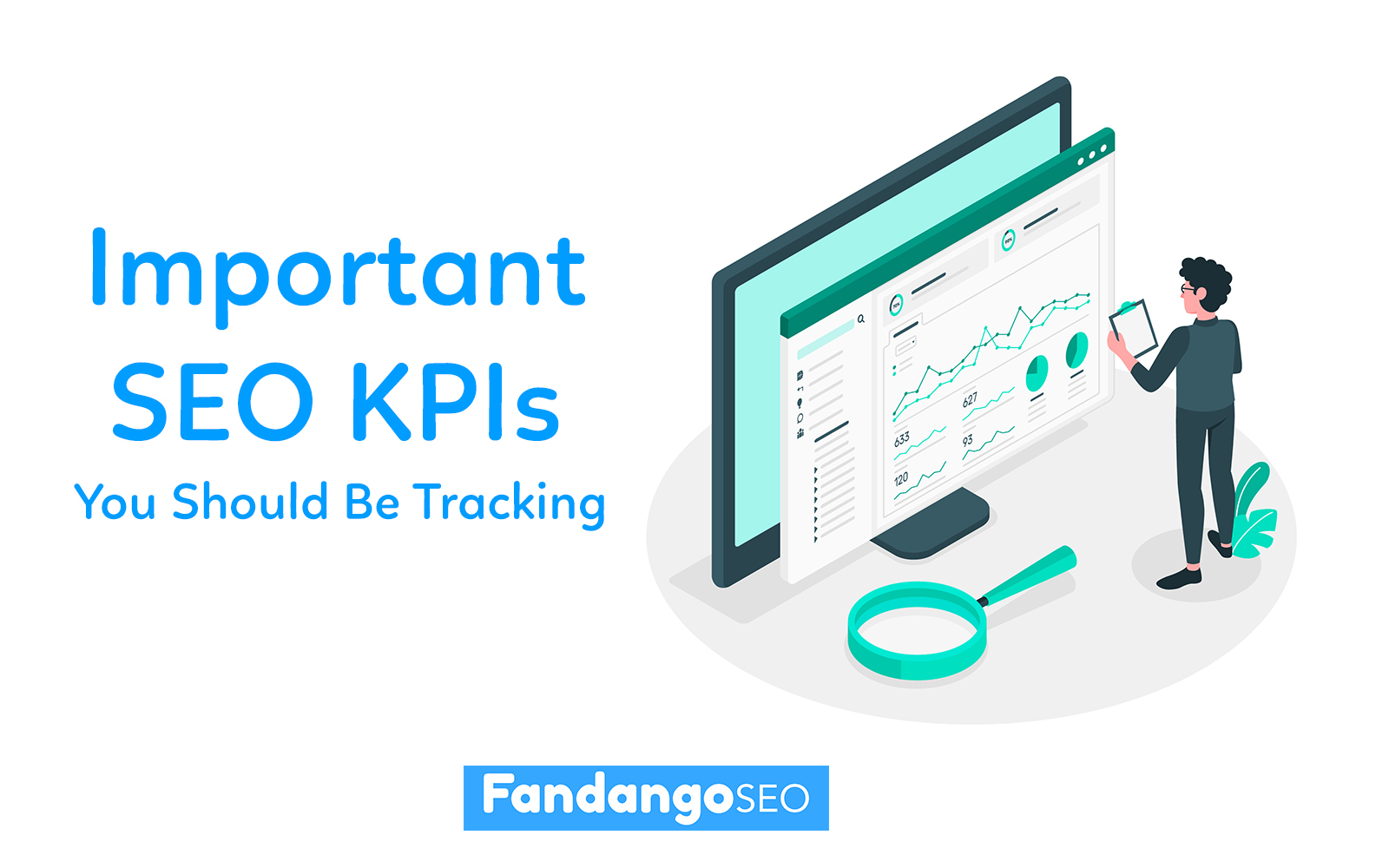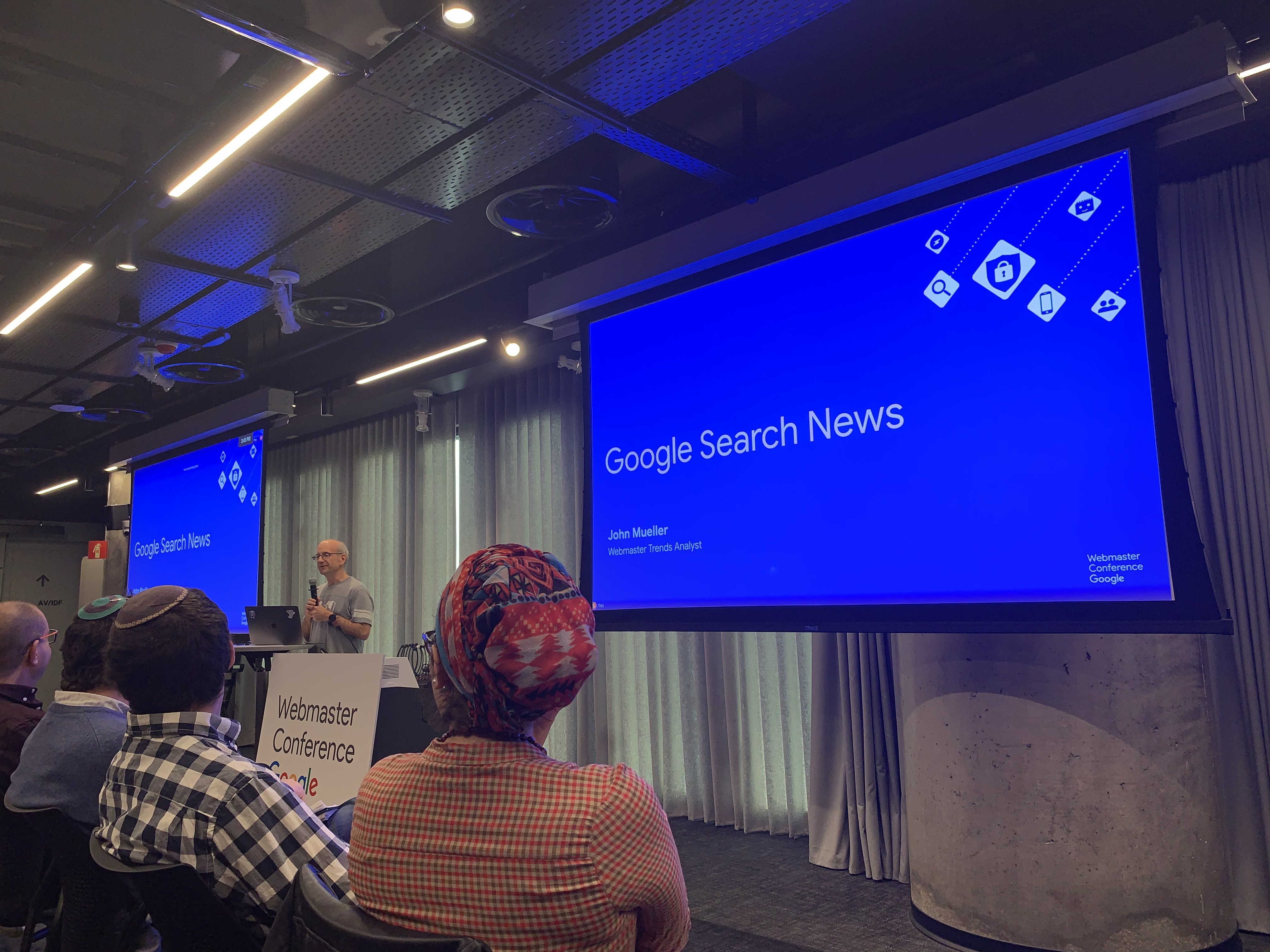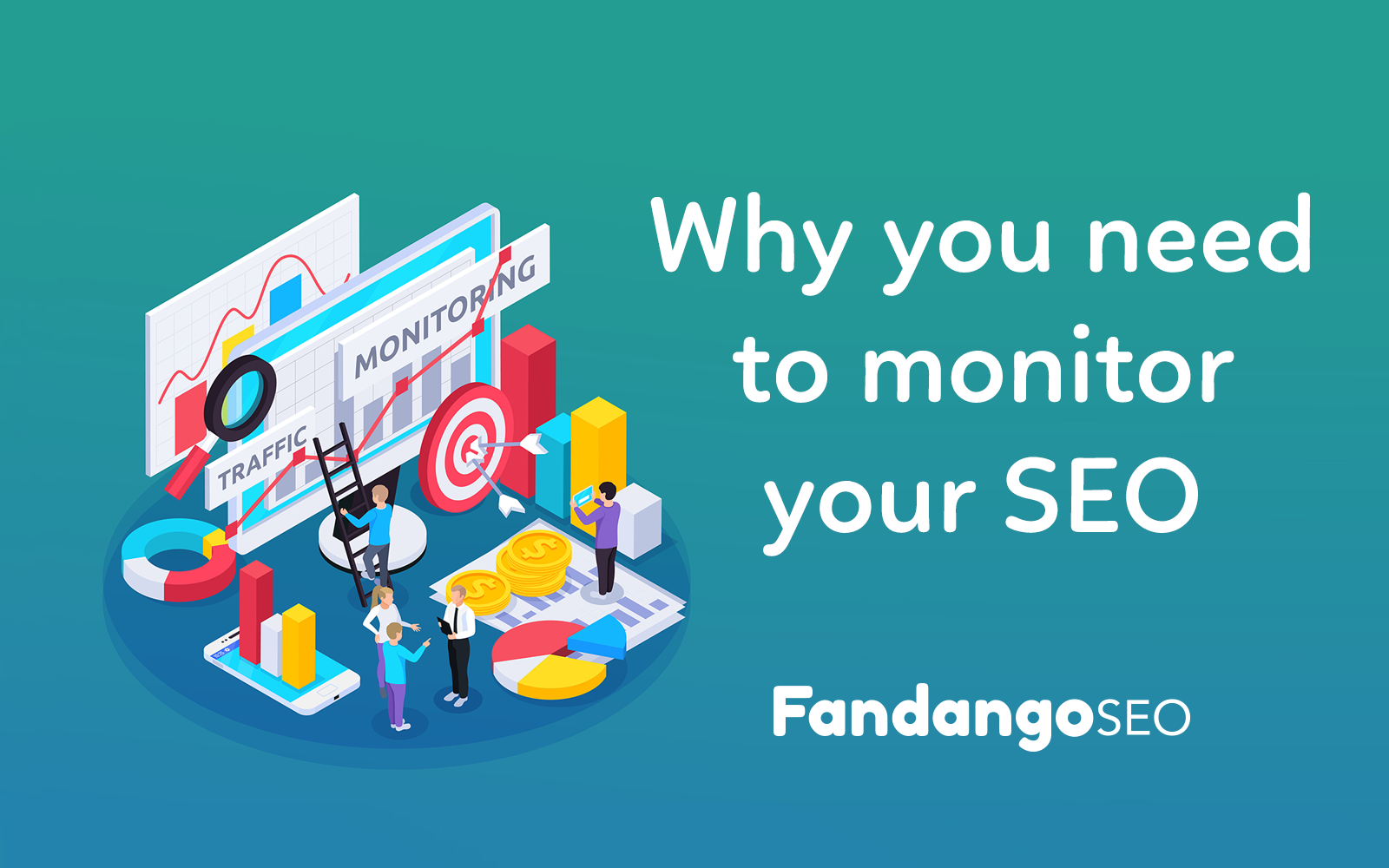Tracking SEO KPIs should be an essential part of your SEO strategy. To know whether a content marketing campaign is worth pursuing, you need to analyze it first.
This type of project has a high cost both economically and in terms of time and effort. That’s why you need to know if you are following the right path. And that is where SEO KPIs come into play. In this post, you’ll see what they are and which ones you should keep an eye on.
Table of Contents
What are SEO KPIs?
SEO KPIs (Key Performance Indicators) are metrics that allow you to quickly determine the status of a site’s SEO performance in search engines.
Some examples would be Web Vitals, bounce rate, organic conversion rate, etc.

Why are SEO KPIs important?
The importance of these parameters is that they allow you to analyze the performance that a content strategy is achieving.
In other words, they serve to identify if you are obtaining satisfactory results in terms of search positioning.
17 crucial SEO KPIs you should be tracking
Each content marketing expert can give more or less importance to some of these parameters. However, no one can deny that you should pay special attention to the following KPIs to ensure your SEO performance’s success this year.
Core Web Vitals
Core Web Vitals have been one of the major initiatives launched by Google in recent times. These metrics are oriented to a clear objective: to provide the best possible user experience.
The Core Web Vitals has three main indicators that we highlight below.
- LCP (Largest Contentful Paint) analyzes the web loading performance.
- FID (First Input Delay) indicates the interactivity of the site.
- CLS (Cumulative Layout Shift) measures the visual stability of the site.

Google is very focused on web vitals, which will undoubtedly keep evolving. Therefore, it is essential to optimize these elements to improve positioning in both desktop and mobile searches.
Organic traffic
Organic traffic measures the number of visitors that reach a website through organic search results.
This is a fundamental KPI because if organic traffic grows, the SEO objective is being achieved.
Bounce rate
The bounce rate analyzes the ratio between the total number of non-interactive sessions divided by the total number of sessions. In other words, it shows how many users have left the page without interacting with it.
Depending on the industry and its complexity, an average bounce rate would go between 20% and 70%. If it exceeds 90%, experts agree that you need to take action to reduce your bounce rate.
Organic average position
The organic average position is the average ranking of your pages for a query or queries. This is measured by averaging the positions for the queries for which a page ranks. For example, let’s say that a page ranks in position 3 for a query and position 5 for another query. In that case, the average position would be 4, which is the result of ((5+3)/2).
This will give you an overall idea of how well your web pages are ranking.
Search engine visibility
The search engine visibility refers to the frequency in which the page appears in the search results for those keywords for which it’s ranking.
In this case, we are talking about a crucial indicator to check the effectiveness of the activities being carried out for SEO.
Pages visited per session
This is the average number of pages a visitor enters during a session on a website. What is measured through this KPI is the user’s level of engagement and interest in the site. The more page the user visits when they enter your site, the more user engagement you have.
This metric also shows us how relevant the website is to the user and how easy it is to navigate it.
Conversion rate
It refers to the number of new leads that you have obtained. Conversion rate is fundamental as, in the end, you optimize your website content to get more traffic, improve search rankings and increase the CTR.
In marketing, the potential customer is the person who has shown interest in the product or service offered by the company.
Pogo-sticking
Pogo-sticking is the number of times a user arrives at a page from the SERP and rapidly returns to the Google search results to look for a better option.
It is often confused with the bounce rate. Still, while pogo-sticking reveals an evident dissatisfaction with the information the user has found on the page, the bounce rate may indicate that the user has left the page for other reasons. The visitor may even have saved the page to come back later. That’s why Google considers having a high pogo-sticking worse than a high bounce rate, and you need to keep a close eye on it.
Links
Backlinks have a significant weight in web pages’ ranking nowadays. What matters is not having many links but ensuring they are of quality. This improves the authority of the website.
Brand traffic
This is the traffic coming from users who searched for those keywords containing the company name. Logically, this is the one that achieves the highest conversion rates.

Thus, it is essential to add all the keywords associated with the brand to the Google Search Console filter, even those that are misspelled. The reality is that not everyone spells your brand name correctly.
Mobile organic traffic
With the increasing importance of mobile optimization, tracking the percentage of organic traffic that comes from mobile devices can provide valuable insights into the effectiveness of your mobile SEO efforts.
Dwell time
Dwell time measures the length of time a user spends on your website after clicking on a search result. It indicates the level of engagement and satisfaction with your content. Monitoring dwell time can help you identify whether your content is meeting user expectations and adjust accordingly.
Click-through rate (CTR)
CTR measures the percentage of users who click on your website’s link in search results. It reflects the effectiveness of your page title, meta description, and overall visibility in attracting clicks. Monitoring CTR can help you optimize your snippets and improve your website’s clickability.
Social media engagement
While not directly related to search engines, social media engagement can indirectly impact your SEO efforts. Tracking metrics like shares, likes, comments, and followers can provide insights into the reach and popularity of your content, which can potentially lead to increased visibility and backlinks.
Organic backlinks
Monitoring the number and quality of organic backlinks to your website is crucial for SEO success. Backlinks from authoritative and relevant sources can significantly impact your search rankings. Keep an eye on the number of new backlinks, the diversity of linking domains, and the anchor text distribution.
Page load time
Page load time is a critical factor for user experience and search engine rankings. Slow-loading pages can negatively impact user satisfaction and bounce rates. Tracking and optimizing your website’s page load time can help improve user engagement and search rankings.
Indexing and crawlability
Monitoring the number of indexed pages on your website and crawlability issues (such as 404 errors or duplicate content) is important for ensuring search engines can properly access and understand your content. Regularly check for indexing issues and optimize your website’s crawlability.
Final thoughts
If you’re going to focus your efforts on your marketing campaign, it’s worth knowing if it’s performing as it should. And this is precisely the purpose of SEO KPIs.
These metrics will help you grow your project and tell you if your SEO strategy is on the right track.
Last Updated on December 30, 2023 by Victor Perez Vas




